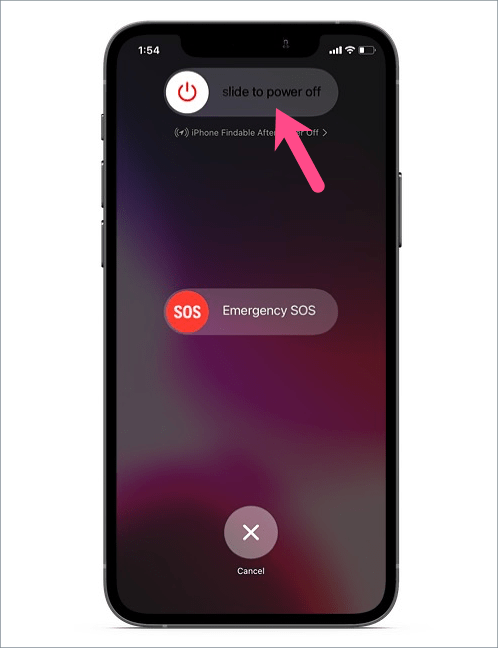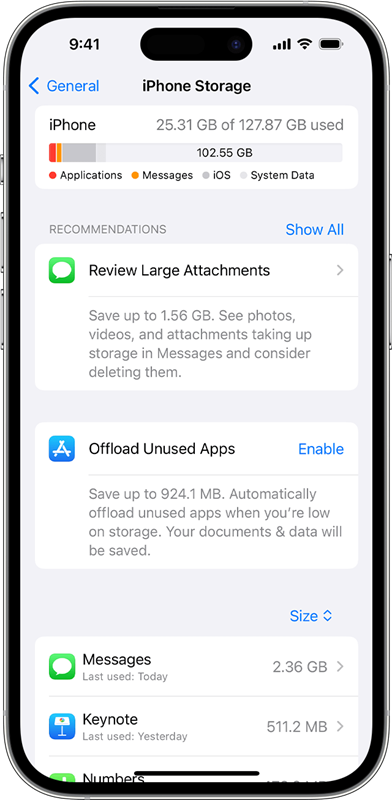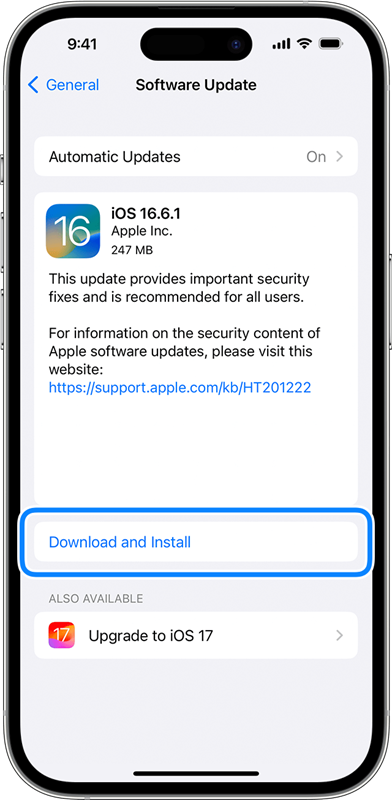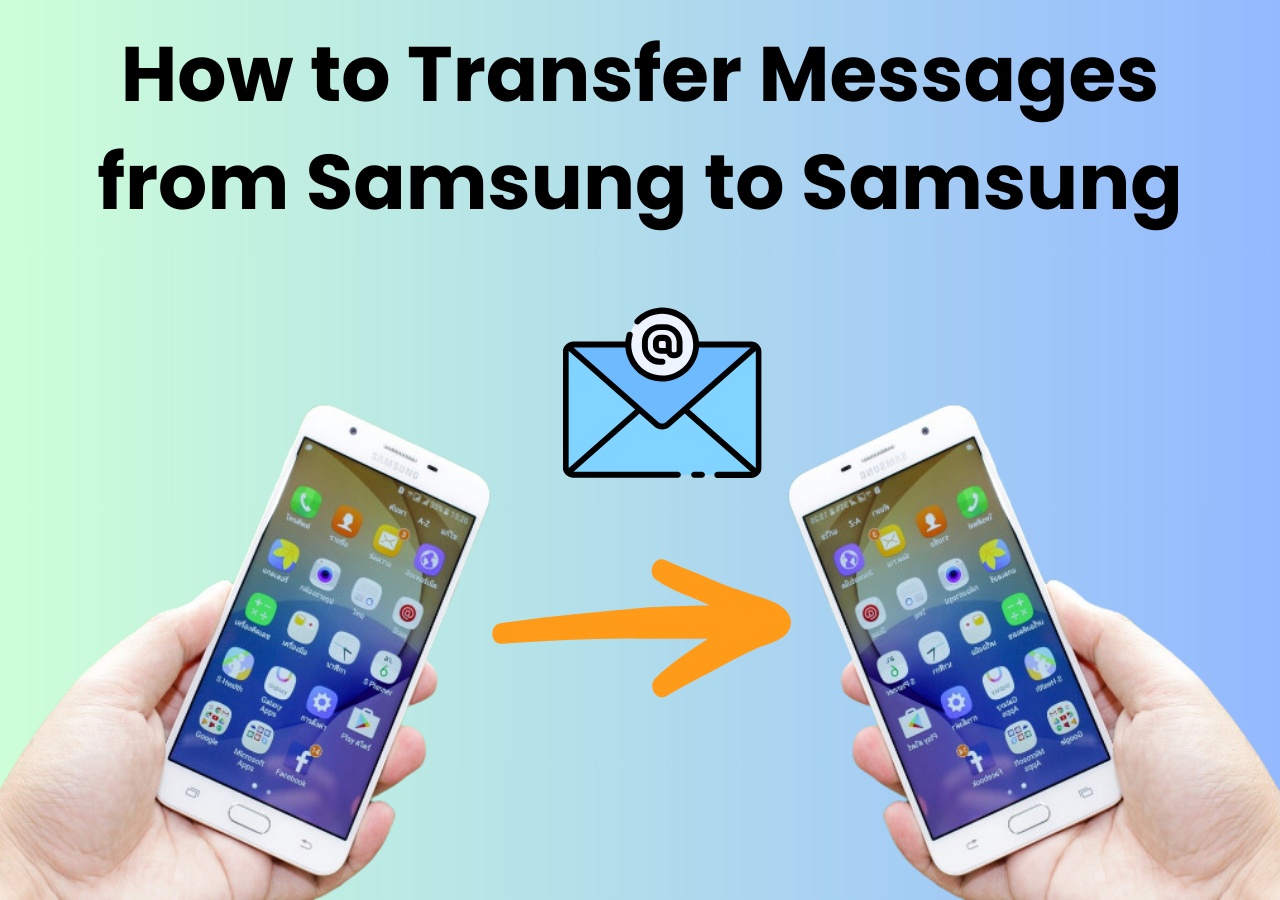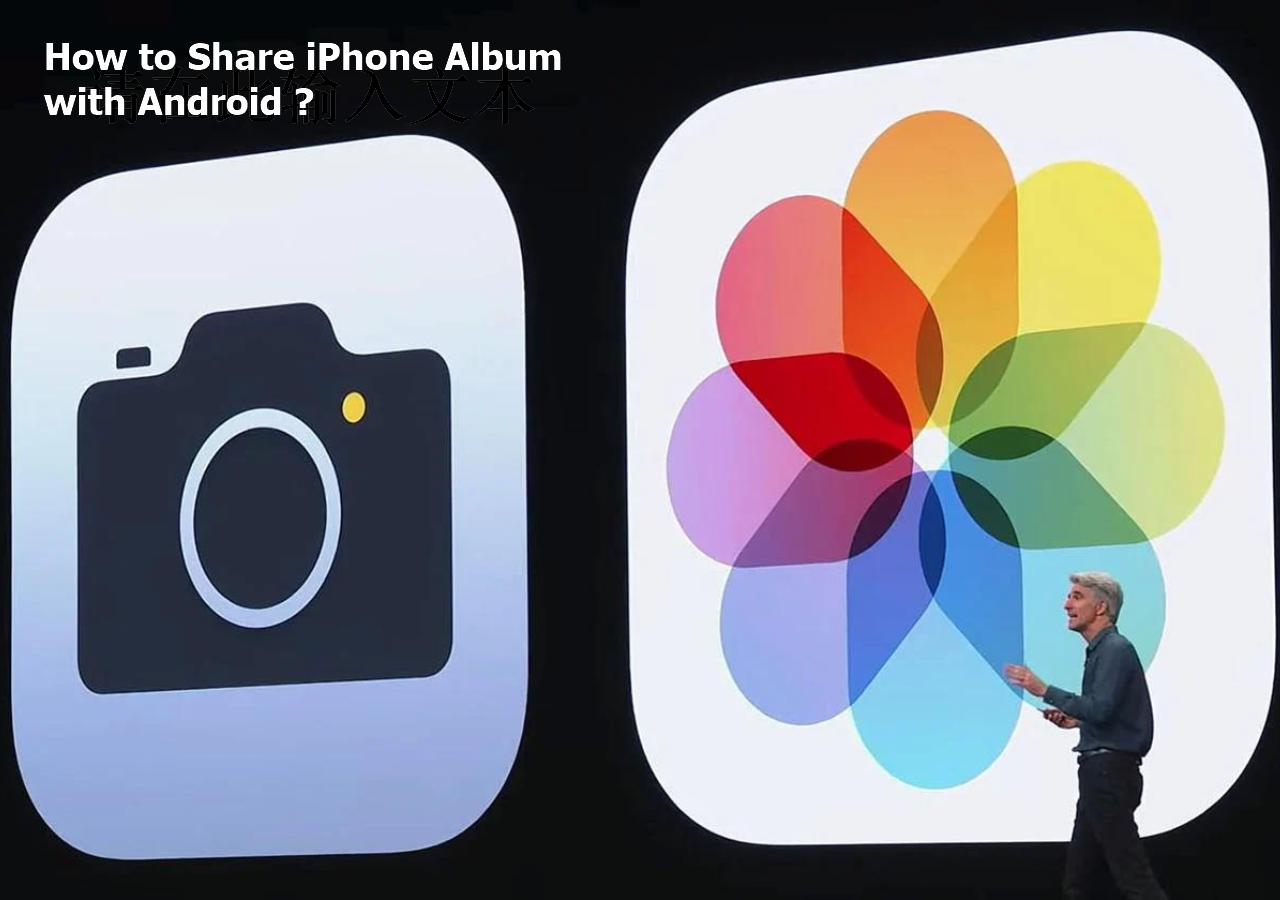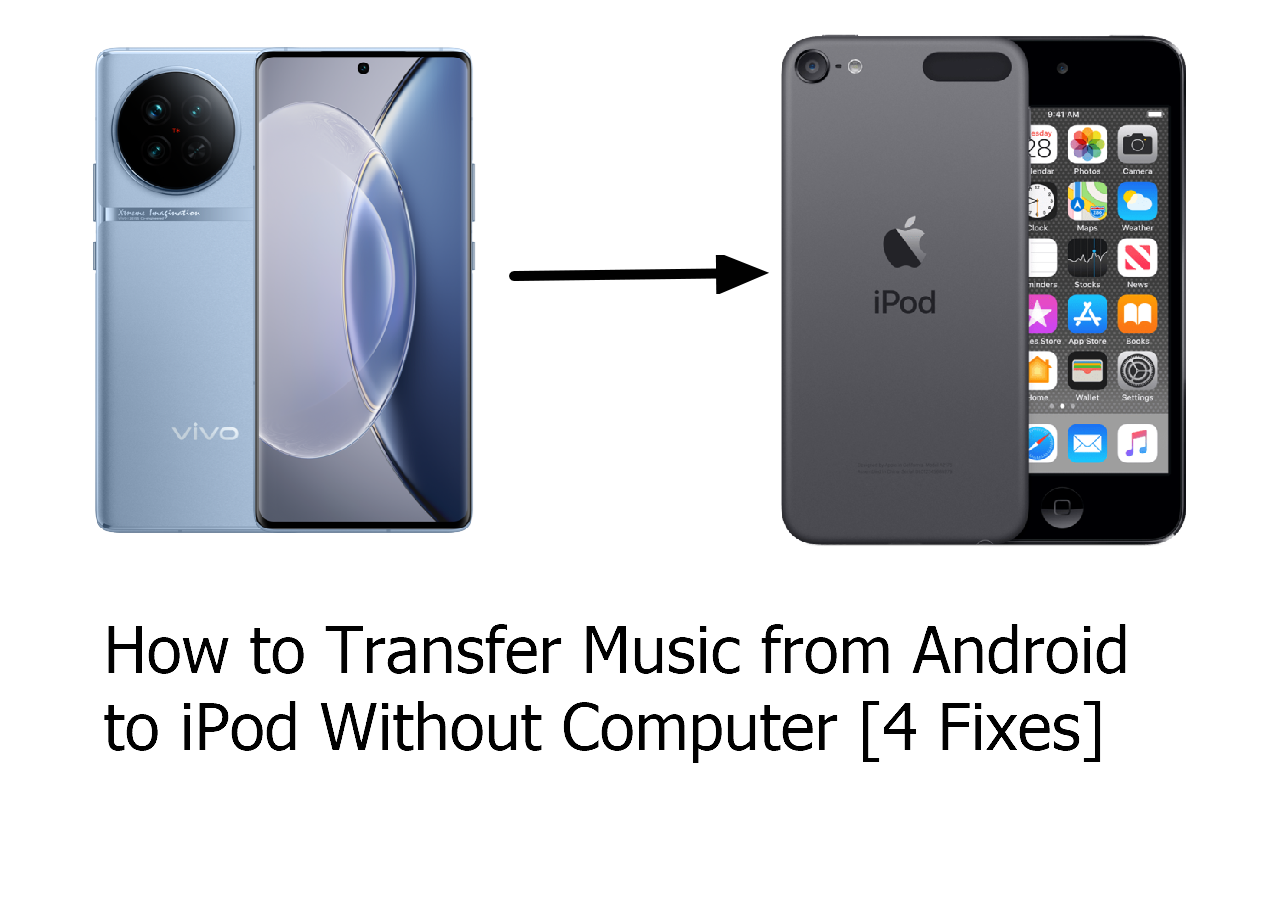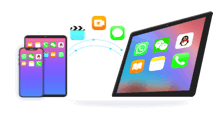We're all familiar with the excitement of making a switch to a brand-new iPhone or iPad, and the process has gotten even smoother ever since Move to iOS first came out. But sometimes, things don't go entirely as we'd hoped, and it can be quite frustrating if Move to iOS starts having connecting problems while transferring your data. Transferring our precious photos, contacts, or essential apps can be quite the challenge when switching to a new Apple device.
In this post, we'll guide you through the common snags you might hit with the Move to iOS app, providing straightforward solutions to get your data flowing smoothly. Ready to get your data transfer back on track? Let's dive in!
Why Is Move to iOS Not Connecting?
Many people take advantage of Move to iOS to transfer data from Android to iPhone. Encountering issues with Move to iOS? Let's look at a few possible reasons why it might not be cooperating.
1. Device Compatibility: Ensure your old device is running at least Android 4.0, and your new Apple device is on iOS 9 or above to avoid compatibility roadblocks.
2. Network Connectivity Problems: Weak Wi-Fi signals or interrupted network connections on either device can cause Move to iOS to fail.
3. Incorrect Code Entry: Sometimes, entering the verification code incorrectly can lead to connection problems. Double-check those digits!
4. App or System Updates: Outdated software on your Android device or your new iOS device might interfere with the transfer process.
5. App Conflicts: Other running apps or settings on your Android phone could conflict with "Move to iOS."
Understanding these common reasons will help us troubleshoot the issue and get that smooth data migration we're after.
Also read: Move to iOS Stuck on Preparing
How to Fix Move to iOS Not Connecting
If you're stuck at the "not connecting" phase of Move to iOS, we're here to help you move past this obstacle. You can look through the following simple tips to fix your problem.
1. Restart your Devices
Step 1. Power off both your Android device and your new iOS device.
Step 2. Turn them back on.
Step 3. Retry the transfer.
![restart your devices]()
2. Switch to a Stable Wi-Fi Network
Step 1. Verify a solid Wi-Fi connection for both devices.
Step 2. Restart the transfer process.
![switch your wifi network]()
3. Check the iPhone Storage
Step 1. Check that your new iPhone or iPad has ample storage for the data transfer.
Step 2. If necessary, clear some space by deleting unwanted apps or files.
![check iphone storage]()
4. Check Device Compatibility
Step 1. Check that your Android operates on Android 4.0 (or newer) and your iOS device is on iOS 9 (or later).
Step 2. If not, consider updating your Android device or using a different iOS device.
![device compatibility]()
5. Turn on Airplane Mode
Step 1. Switch both devices to Airplane mode.
Step 2. Turn off Wi-Fi and Bluetooth functions while in Airplane mode.
Step 3. Try the transfer again.
![turn on airplane mode]()
6. Disable Android Apps Running in the Background
Step 1. Go to your Android's settings and select the Apps section.
Step 2. Manually close or force-stop any unnecessary apps running in the background.
Step 3. Restart the "Move to iOS" app.
7. Update to the Latest OS
Step 1. Update both your Android and iOS devices to the most recent OS releases. You can update your iPhone to iOS 17.
Step 2. If not, update your devices and attempt the transfer again.
By following these steps, you'll increase your chances of getting past the "not connecting" stage and successfully completing your data transfer.
![update to latest ios]()
Transfer Data From Android to iOS Without Move to iOS
If "Move to iOS" is proving difficult, fret not; an excellent alternative awaits your consideration. EaseUS MobiMover simplifies the data transfer from Android to iOS. This accessible and effective tool is a lifesaver for those transitioning to an iPhone. In addition, it can help you back up iPhone and restore iPhone from backup. Let's highlight some key features:
- Wide Data Compatibility: EaseUS MobiMover supports various data types, such as contacts, photos, messages, music, videos, and more.
- Two-Way Transfer: You can not only transfer data from iPhone to Android but also transfer content back to your Android device when needed.
- No Internet Connection Required: Unlike "Move to iOS," this tool doesn't rely on Wi-Fi and works smoothly via a USB connection, ensuring a stable transfer process.
- User-Friendly Interface: The software is easy to navigate, making it accessible for users of all technical levels.
- Quick and Secure: MobiMover ensures a swift and secure data migration process without data loss or overwriting.
With EaseUS MobiMover, you can sidestep the "Move to iOS" issues and seamlessly transfer your cherished data from your Android device to your new iPhone, making the transition hassle-free and smooth. It also works well on transferring data to new iPhone after setup.
Steps to transfer data from Android to iPhone
![mobimover transfer steps]()
Final Words
In this guide, we've addressed the common challenges of "Move to iOS" struggling to connect when you're transferring from Android to iOS. We've delved into several strategies to resolve these issues and streamline the data transfer experience. But if you're still encountering hurdles after trying these steps, there's another excellent option available.
Consider using EaseUS MobiMover, an intuitive and powerful data transfer utility that supports a variety of data types, offers bidirectional transfer capabilities, ensures stable USB connections, and provides a swift, secure data migration experience. With EaseUS MobiMover, you can overcome the common glitches and guarantee a smooth move from Android to iPhone. For a trouble-free data shift, turn to EaseUS MobiMover and embrace the transition to iOS effortlessly. Welcome to a fresh start with your iPhone or iPad!
FAQs on How to Fix Move to iOS Not Connecting
Now, let's address some common questions related to the "Move to iOS" app.
1. How long does Move to iOS take?
The duration of data transfer with "Move to iOS" can vary widely based on the volume of data you're moving. Typically, the process might range from a short while for small amounts of data to over an hour for larger datasets.
2. Why do I not get a code from Move to iOS?
Ensure that both your Android and iPhone are on the same Wi-Fi network if the code isn't coming through. Verify the code you're entering on your Android device is correct as well. Occasionally, network glitches or typing errors can lead to this issue.
3. Can I use Move to iOS after setup?
It's important to note that "Move to iOS" is intended for use only during the initial iOS device setup. If you've already set up your device, this app won't be an option for transferring your data. In these instances, third-party applications like EaseUS MobiMover are a viable alternative to migrate your data from Android to iOS.
Share this post with your friends if you find it helpful!

